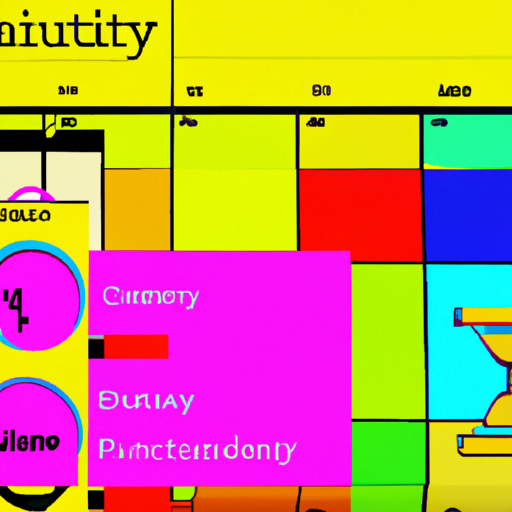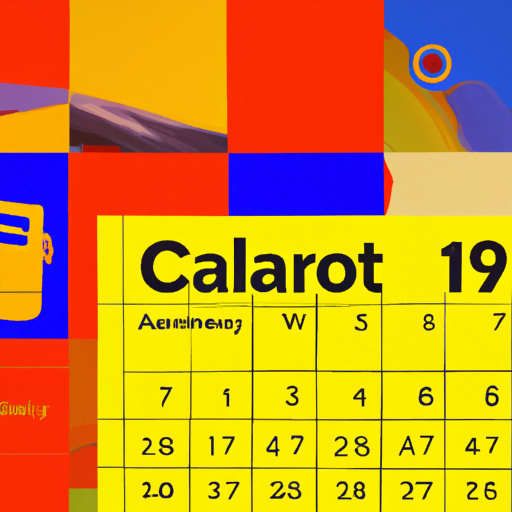
-
Table of Contents
Designing Calendar and Task Management Interfaces

Effective calendar and task management interfaces are essential tools for individuals and organizations to stay organized, manage their time efficiently, and achieve their goals. In today’s fast-paced world, where time is a valuable resource, a well-designed interface can make a significant difference in productivity and overall success. This article explores the key principles and best practices for designing calendar and task management interfaces, backed by research, examples, and case studies.
The Importance of User-Centered Design
When designing calendar and task management interfaces, it is crucial to adopt a user-centered design approach. Understanding the needs, goals, and behaviors of the target users is essential for creating an interface that is intuitive, efficient, and enjoyable to use. Conducting user research, such as interviews, surveys, and usability testing, can provide valuable insights into user preferences and pain points.
For example, a study conducted by Nielsen Norman Group found that users prefer calendar interfaces that provide a clear overview of their schedule, allow easy navigation between different time periods, and offer customizable views. By incorporating these preferences into the design, developers can create interfaces that meet user expectations and enhance their overall experience.
Designing for Simplicity and Clarity
One of the key principles in designing calendar and task management interfaces is simplicity. The interface should be clean, uncluttered, and easy to understand. Users should be able to quickly grasp the purpose and functionality of each element on the screen.
Here are some best practices for achieving simplicity and clarity:
- Use a clean and consistent visual design, with clear typography and appropriate use of color.
- Minimize the number of elements on the screen to avoid overwhelming the user.
- Provide clear and concise labels for buttons, icons, and menu options.
- Use intuitive icons and symbols that are widely recognized and understood.
Google Calendar is an excellent example of a calendar interface that embodies simplicity and clarity. The interface uses a clean design with a minimal color palette, making it easy for users to focus on their schedule. The navigation is intuitive, allowing users to switch between different views and time periods effortlessly.
Efficient Task Management
In addition to calendar functionality, task management is a crucial aspect of many interfaces. Effective task management interfaces help users prioritize their work, set deadlines, and track progress. When designing task management interfaces, it is essential to consider the following:
- Allow users to easily create, edit, and delete tasks.
- Provide options for categorizing tasks and assigning priorities.
- Include features for setting due dates and reminders.
- Offer visual indicators to show task completion and progress.
Todoist, a popular task management application, excels in providing an efficient and intuitive interface. Users can quickly add tasks, assign due dates, and categorize them into projects. The interface offers a clear overview of upcoming tasks and allows users to track their progress easily.
Seamless Integration and Synchronization
Calendar and task management interfaces often need to integrate with other tools and platforms to provide a seamless user experience. Integration with email clients, project management software, and mobile devices is crucial for users to access their schedules and tasks from different devices and applications.
When designing interfaces that require integration, it is essential to:
- Ensure compatibility with popular platforms and devices.
- Provide clear instructions for setting up and syncing the interface with other tools.
- Offer real-time synchronization to ensure that changes made in one application are reflected in others.
Microsoft Outlook is an example of a calendar and task management interface that seamlessly integrates with various platforms and devices. Users can access their calendar and tasks from their desktop, web browser, or mobile device, ensuring that they stay organized regardless of the device they are using.
Accessibility and Inclusivity
Designing inclusive interfaces is essential to ensure that individuals with disabilities can effectively use calendar and task management tools. Accessibility considerations include providing alternative text for images, ensuring proper color contrast, and supporting keyboard navigation.
According to the World Health Organization, over 1 billion people worldwide have some form of disability. By designing interfaces that are accessible to all users, developers can tap into a larger user base and provide equal opportunities for individuals with disabilities.
Summary
Designing calendar and task management interfaces requires a user-centered approach, focusing on simplicity, efficiency, integration, and accessibility. By understanding user needs and preferences, designers can create interfaces that enhance productivity, improve organization, and ultimately contribute to the success of individuals and organizations.
Remember these key takeaways when designing calendar and task management interfaces:
- Adopt a user-centered design approach and conduct user research to understand user needs and preferences.
- Design for simplicity and clarity, using clean visual design and intuitive navigation.
- Consider efficient task management features, such as task creation, categorization, and progress tracking.
- Ensure seamless integration and synchronization with other tools and platforms.
- Design for accessibility and inclusivity to cater to users with disabilities.
By following these principles and best practices, designers can create calendar and task management interfaces that empower users to stay organized, manage their time effectively, and achieve their goals.
